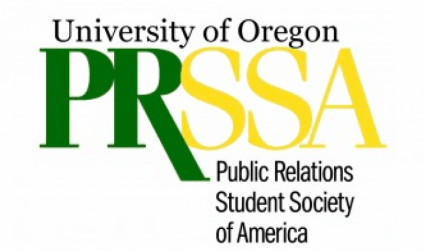By Erica Freeze
A public relations (PR) survey is more than just an investigation of a group of people. A PR survey often consists of exploring key publics to gain insight into their opinions or experiences with a certain brand or organization. The information obtained from surveys helps PR practitioners to create a successful plan to target key publics. Because of this, knowing how to create an effective survey is crucial to helping the brand you represent achieve its goals. Here are some quick tips for writing online surveys in the public relations realm:
1) Decide exactly what you want to know about your audience(s):
All practitioners who conduct a survey want their findings to be provoking and eye-opening. But to gain the best insight into your key audiences, you must cater your questions to understand the different individuals in your audience. Would you like to see the differences in education levels, gender, or employment status when it comes to the perception of your organization? Make a list of what you exactly want to discover from your findings, and hone in on the topic that you believe help you truly understand your audience. Decide exactly what you want to find out of the survey and keep it short.
2) Keep questions short and closed:
Keeping the questions on a survey short and concise will make the survey more desirable to respondents. This also helps you concentrate on the key objectives of the survey and will help to get the most accurate and honest results. Additionally, keeping the questions closed-ended, meaning you have to select from a certain group of answers, will make your job easier when it comes to calculating results. Open-ended questions without a selectable answer may be easier to craft, but harder for your audience to answer, as they have to think thoroughly about their answers. Closed questions will generate the results you need.
3) Think outside yes-or-no questions:
A common mistake people make is writing yes-or-no questions. These questions often frustrate respondents because they cannot always give their honest opinion in their answers. Think of scales involving variation, such as: strongly favorable, somewhat favorable, neither favorable nor unfavorable, somewhat unfavorable, or strongly unfavorable. These words can be interchanged with, for example, “agree or disagree” or “considerable.” Creating your survey in terms of scales will help you gain much more insight into your target audience and will provide you with much more information.
4) Take your own survey:
Take the survey you create and keep in mind how you react to the questions throughout the process. It is important to keep in mind respondent experience. Simple questions with multiple answer choices provide more points of view, which helps you to have more honest results. I once took a survey that asked respondents which music platform they would be, along with something to justify that answer. For example, one answer read “I am Spotify because I am adventurous and discover new things.” Questions such as this are confusing for respondents and also return minimal results.
If you need any additional help, it is always useful to search the internet for example surveys or successful surveys and see how they were constructed. How will you apply these tips to the next PR survey you create? Good luck!


